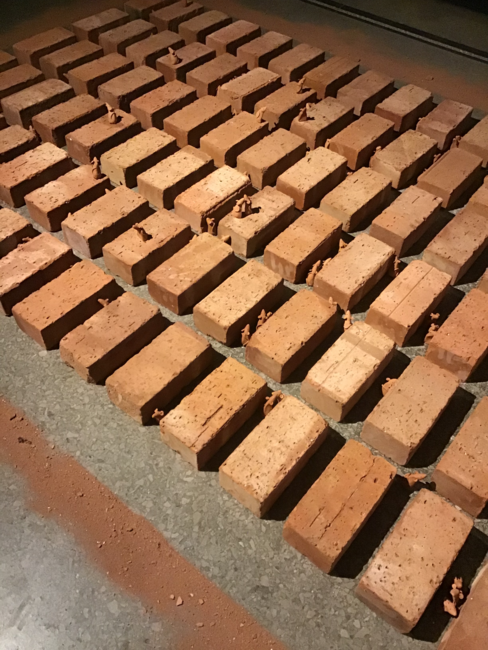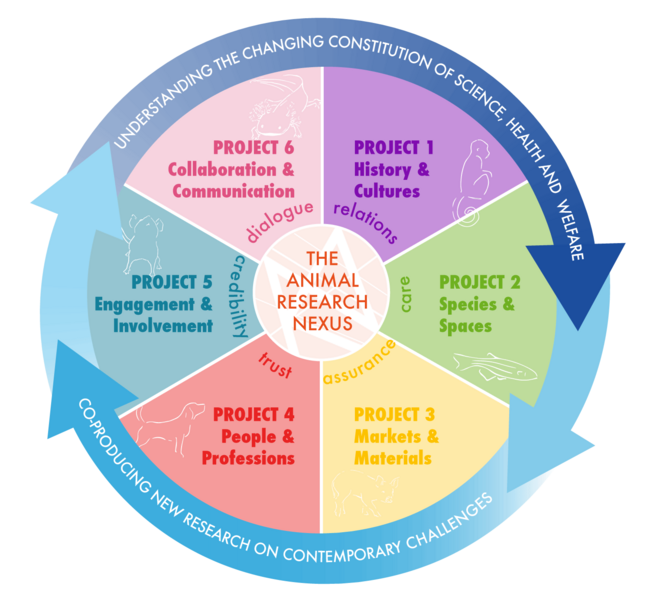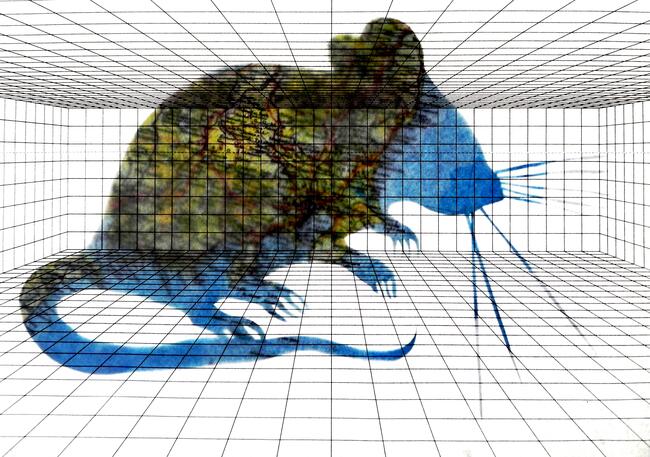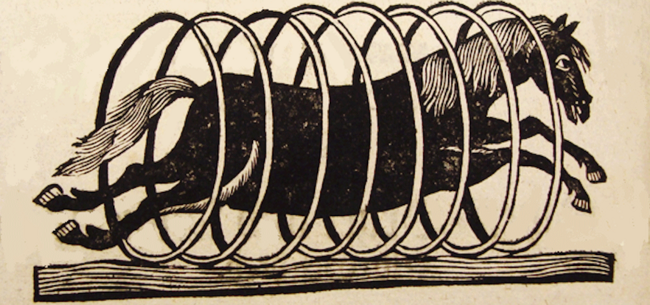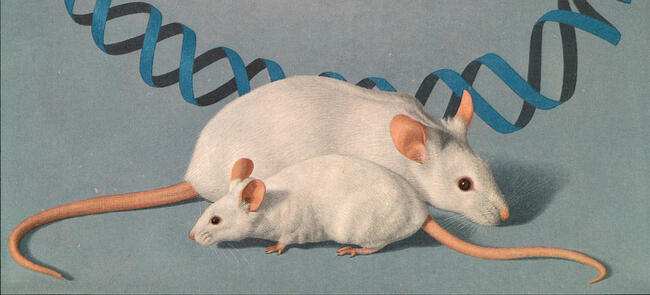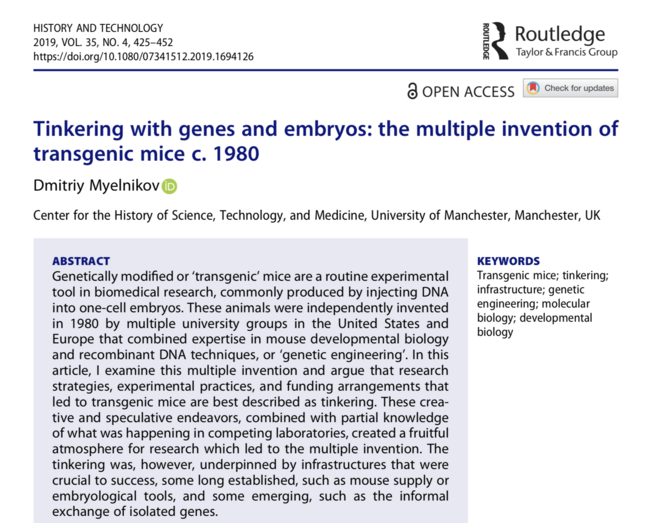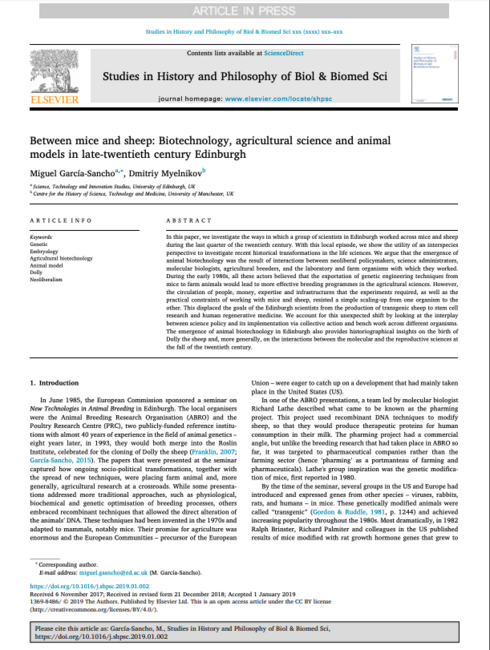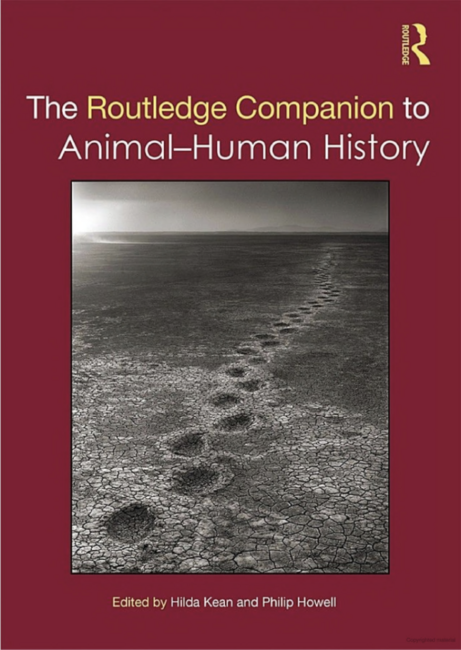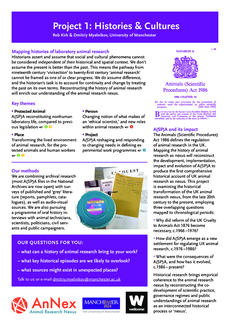History & Cultures
Brings empirical coherence by reconstructing development of scientific practice, governance regimes and public understanding

Mapping the history of animal research as nexus will reconstruct the development, implementation, impact and evolution of A(SP)A 1986 to produce the first comprehensive historical account of UK animal research as nexus. This project is examining the historical transformation of the UK animal research nexus, from the late 20th century to the present, employing three overlapping questions mapped to chronical periods:
- Why did reform of the UK Cruelty to Animals Act (1876) become necessary, c.1966-1976?
- How did A(SP)A emerge as a new settlement for regulating UK animal research, c.1976¬1986?
- What consequence had A(SP)A and how has it evolved, c.1986-present?
Historical research brings empirical coherence to the animal research nexus by reconstructing the co-development of scientific practice, governance regimes and public understandings of animal research as an interconnected historical process or ‘nexus’.
Relevant, tagged site content:
Engagement Activities
Events
The Animal Research Nexus Programme is hosting a conference entitled 'Researching Animal Research' on 30th – 31st of March at the Wellcome Collection in London.
The next BASN conference on Animal Machines/Machine Animals is being organised by the ‘Life Geographies’ Group, University of Exeter, at the Phoenix Arts Venue, Exeter, 2-3 November 2018. Confirmed Plenary Speakers
Blog entry
Talking about the history of animal research can be tricky: the subject remains divisive, and using images poses further challenges.
Our approach to research emphasises cross-project collaborations and transdisciplinary thinking. But what does this mean, in practical terms, for the work that we do and for our participants?
Animal research is fraught with controversy, and dramatic debates around the use of animals in biomedical sciences keep flaring up.
Publications
Genetically modified or ‘transgenic’ mice are a routine experimental tool in biomedical research, commonly produced by injecting DNA into one-cell embryos. These animals were independently invented in 1980 by multiple university groups in the United States and Europe that combined expertise in mouse developmental biology and recombinant DNA techniques, or ‘genetic engineering’. In this article, I examine this multiple invention and argue that research strategies, experimental practices, and funding arrangements that led to transgenic mice are best described as tinkering. These creative and speculative endeavors, combined with partial knowledge of what was happening in competing laboratories, created a fruitful atmosphere for research which led to the multiple invention. The tinkering was, however, underpinned by infrastructures that were crucial to success, some long established, such as mouse supply or embryological tools, and some emerging, such as the informal exchange of isolated genes.
Here, we investigate the ways in which a group of scientists in Edinburgh worked across mice and sheep during the last quarter of the twentieth century. With this local episode, we show the utility of an interspecies perspective to investigate recent historical transformations in the life sciences.
The Routledge Companion to Animal-Human History provides an up-to-date guide for the historian working within the growing field of animal-human history. This book chapter by Rob Kirk suggests that to understand animal–human history we would do well to start with the role of animals in science.
This poster explains our work on the history of British laboratory animals, focusing on the origins, implementation, and impact of the Animals (Scientific Procedures) Act 1986 through newly-available archive sources, published literature, ephemera, and a programme of oral history interviews.
